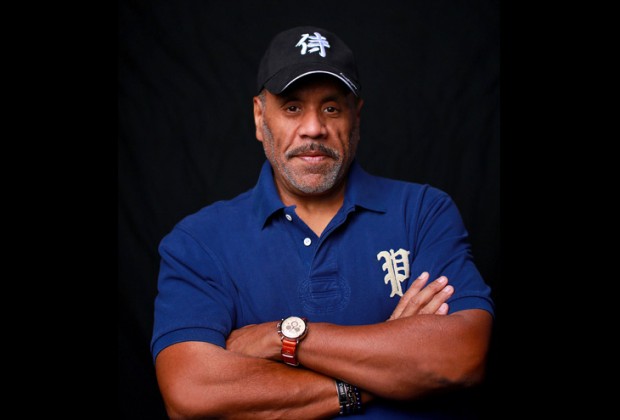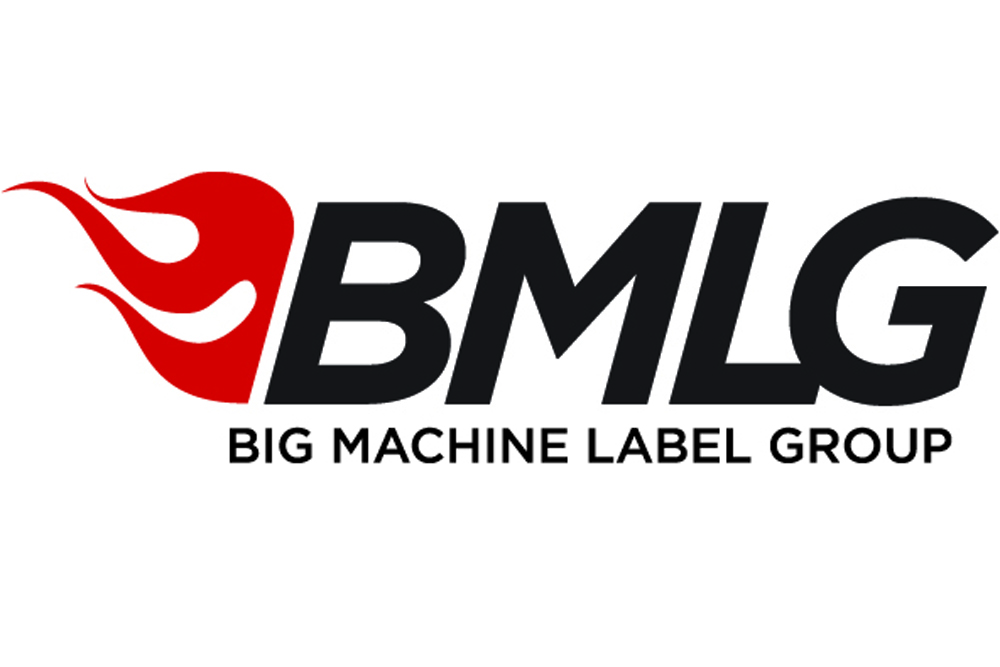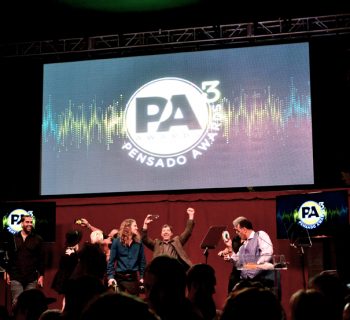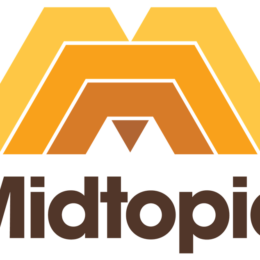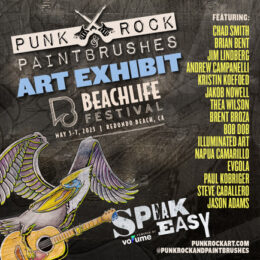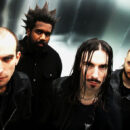BACKGROUND
I came to Los Angeles in the late ‘70s and temped with various record companies. That morphed into running a management company and then I did promotion and A&R for S.O.L.A.R. Records, a black label. From there I branched out and started my own management firm. I had a lot of success with R&B singer Brian McKnight, signed Robin Thicke to Interscope and got Tyrese Gibson signed to RCA. I also consulted to other labels—Mercury, Island, Def Jam. During my management days, I began work with [famed mix engineer] Dave Pensado. We struck up a friendship and somewhere I came up with the idea for a web audio engineering show called Pensado’s Place.
The Pensado Awards
The idea for that
came up about a year before the first one. It was risky and expensive. Our sponsor supported us and the community’s reaction was amazing. We realized we’d have to do it every year. It was a massive undertaking.
Awards Planning Stages
The blessing and the curse of the way we operate is that stuff launches in my head and then I have to turn it into a reality. I’m usually in front of the awards show by about eight months. The show brings me right to the edge. We have about eight elements at our live event and each have their own signature. I can only imagine what being an addict is like. But [doing this show] is much like being one.
As Showtime Approaches
Approximately three months prior, we put on about four teams and hire five execution teams. On a weekly basis we have group meetings and I’m on the phone with them for months leading up to it and several months afterwards.
Showtime
Dave and I stay backstage. I sneak out front to see if what we’ve dreamt up actually works. I try not to be seen, which never works. It’s satisfying when bits hit, like when [engineer] Ross Hogarth did the Nae Nae [dance] or when we stumbled upon the father-daughter YouTube beatbox sensation [Nicole Paris and Ed Cage]. We snared them before James Corden and Good Morning America did. And we spent a lot of time on the pairing of presenters.
Clean Up and Follow Up
We don’t post the show live, so there’s a lot of post-production that we have to do. There’s a large amount of strategy that we have to compile for how we want to release it. There are all kinds of things you have to be aware of: takedown notices, time limitations, etc. And there are a number of ways that we present things that become digestible to different people on different platforms. We run counter to the way that people now view video. Pensado’s Place is an hour. I don’t know many people that will sit for that long and watch something. We can’t relax and not be smart about how we present things to our audience. For the show this year, we packaged it in a way in which people can watch all of it or see it in 20 small bites.
Ongoing Effort
We believe in after-promotion. When you live online, you don’t ever have to be done. You have to be smart about your timing but we don’t think it stops after the event. There are a lot of people on the team going in and a number of people have to be dealt with afterwards. That’s a broad swath of social media, public relations and business development. It’s a lot of coordination of a lot of bodies and it’s expensive.

